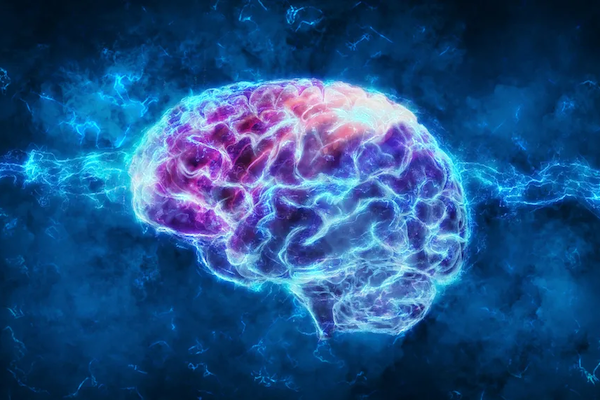A study published in the Journal of Neurology investigated the results of real-world application of non-myeloablative autologous hematopoietic stem cell (HSCT) for multiple sclerosis (MS).
In this study, which took place at a single center between July 2003 and October 2019, researchers assessed 414 patients with relapsing remitting MS (RRMS) and 93 patients with newly diagnosed secondary progressive MS (SPMS) who underwent non-myeloablative HSCT.
According to the results, there was one treatment-related death due to hospital-acquired pneumonia, and one patient developed neutropenic bacteremia (Klebsiella pneumonia) without sepsis. Overall, there was a robust five-year survival rate of 98.8%. The researchers observed post-HSCT secondary autoimmune diseases were idiopathic thrombocytopenia (ITP) and hypo- or hyperthyroidism. ITP was highest with alemtuzumab (14.0%) and up to 2.8% for the non-alemtuzumab regimens.
Following HSCT, 16 patients developed hypothyroidism (3.5%) and 15 developed hyperthyroidism/Grave’s disease (3.3%). Relapse free survival (RFS) at five years for RRMS and SPMS was 80.1% and 98.1%, respectively, while progression free survival (PFS) at four years for RRMS and SPMS was 95% versus 66%, respectively. For patients with RRMS, researchers observed that the Expanded Disability Status Scale (EDSS) significantly improved (P<0.0001) at each follow-up from a pre-HSCT mean of 3.87 to 2.51, 2.50, 2.41, 2.33, and 2.19 at one, two, three, four, and five years, respectively. For SPMS, the EDSS improved markedly only at one year but not thereafter. For SPMS, the mean baseline EDSS of 5.09 changed post-HSCT to 4.85 (P=0.04), 4.88 (P=0.2), 4.92 (P=0.27), 4.72 (P=0.07), and 4.2 (P=0.21) at one, two, three, four, and five years , respectively.
“In patients with RRMS, autologous non-myeloablative HSCT is an effective one-time therapy, while HSCT appears of less benefit for newly diagnosed SPMS,” the researchers concluded.
Link: https://pubmed.ncbi.nlm.nih.gov/34633525/
Keywords: Active SPMS, Hematopoietic stem cell transplantation, Nonactive SPMS, Relapsing remitting multiple sclerosis, Secondary progressive multiple sclerosis





